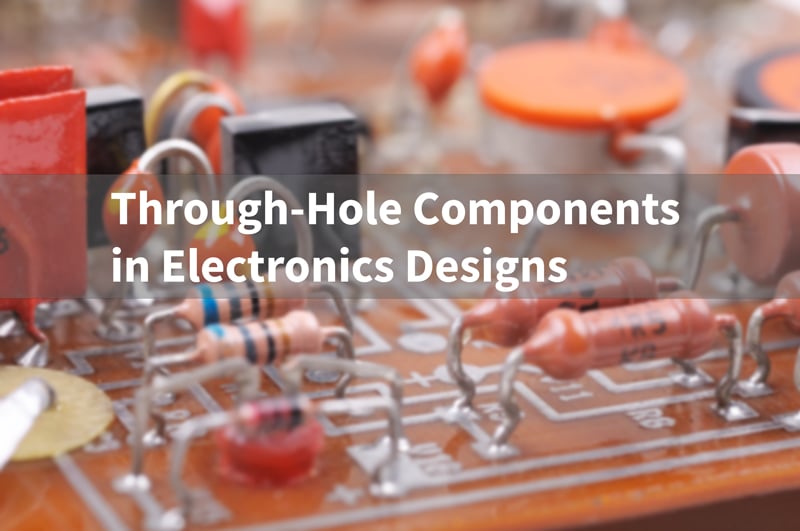Let's talk about three things:
Before answering this question, we should look at the main differences between SMT components and through-hole components. As the name implies, through-hole components are components with pins passing through the PCB holes, and they differ from SMDs mainly by:
1. Different packaging
SMT (Surface Mount Technology) components require soldering pads for packaging while through-hole components need through-holes made with mechanical drills through all layers. Pins for positioning do not need soldering pads but electrical pins require soldering pads and plated through-holes.
2. Different assembly methods
SMD components are assembled using mounting machines with high speed and accuracy. Through-hole components are assembled by either automatic or manual insertion. Automatic insertion is carried out by machines, but the speed and efficiency of the equipment are much lower than those for SMD. Manual insertion is mainly used for irregular through-hole components that cannot be assembled with machines. Usually, manual insertion is done immediately after the automatic insertion process.
3. Different soldering methods
Flow soldering ovens are used for SMD, while wave soldering or hand soldering is used for through-hole components.
From these design and manufacturing differences, we can see some of the major disadvantages of using through-hole components. Despite all these, through-hole components also have their unique advantages.
1. Fastening
Through-hole components can be soldered by having their pins penetrate through the PCB being soldered on the other side of the board, also by soldering them directly on the soldering pad. SMDs on the other hand can only be soldered onto a soldering pad. Thus, the fastening and adherence of through-hole components to the board is better than that of surface-mount components.
2. Mechanical Positioning
SMD may be misaligned during the flow soldering process due to the natural drift of the soldering material. Since the mechanical positioning of through-hole components is done by putting them literally through PCB holes, misalignment is very unlikely.
3. Heat Dissipation Design
High-power components usually generate a great amount of heat, and heat dissipation has always been a real headache for designers. Through-hole components, however, are usually in a ’standing position', so they dissipate heat through the air. Heat sinks can also be added easily in a through-hole design to aid heat dissipation.
4. Excellent Performance and Low Cost
Surface mount components are upgraded versions of through-hole components. The upgrade includes the addition of SMD packaging design and volume miniaturization of the component. While doing so, the design performance of the initial through-hole component is significantly reduced, yet the price will be increased. Hence, through-hole components have generally better performance and are sold at a lower price.
After knowing the disadvantages and advantages of implementing through-hole components, when should through-hole components be used in a circuit design?
- Interface components, especially those subject to frequent plugging and unplugging, that usually require tight connections and positioning advantages of through-hole components
- For high-power components, especially ones that prioritize their performance or heat dissipation abilities and have no size constraints.
- For motherboards and devices subject to frequent maintenance services and repairs, such as those frequently exposed to dust, vibration, and prone to wear.
- Devices that require low manufacturing costs and no limitations on preparation space.
In conclusion, it's wrong to say that through-hole technology is obsolete. For their mechanical strength, price performance, and heat dissipation characteristics, through-hole components are key elements in many electronics devices, especially in industrial fields.


